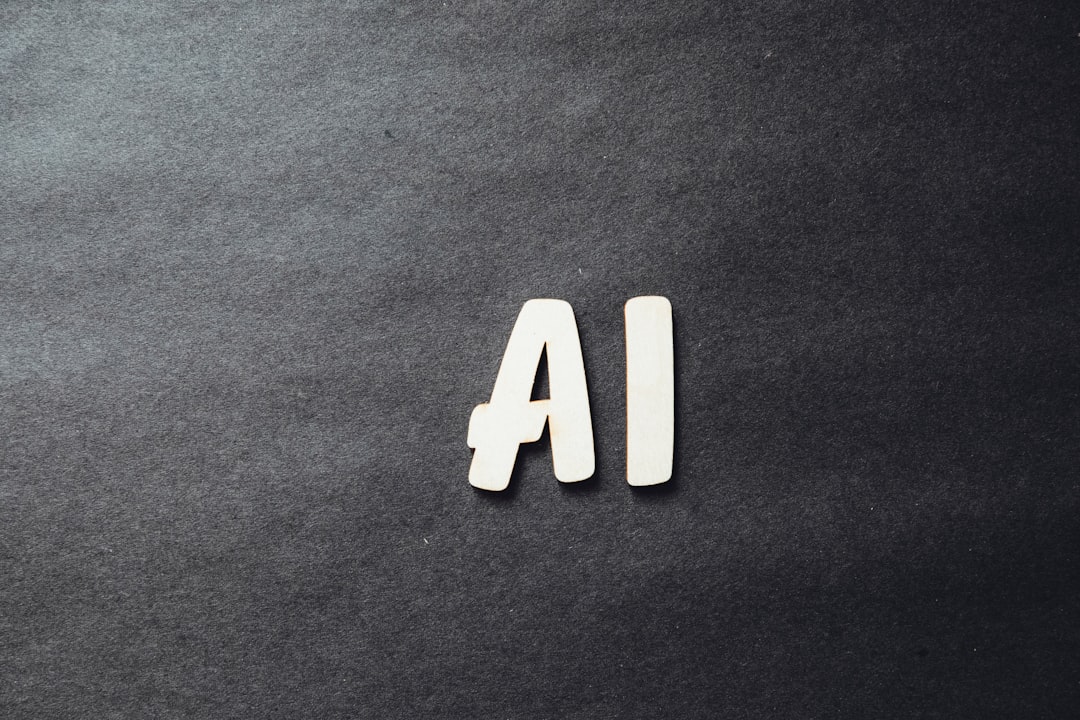With the rise of powerful language models like GPT-4, distinguishing between human-written and machine-generated content has become both a challenge and a necessity. As more institutions and industries rely on accurate authorship detection, the role of AI detection tools has grown rapidly. These tools help educators, editors, and researchers identify machine-written text and ensure transparency and integrity in digital communication.

AI detection tools operate by examining patterns, linguistic characteristics, and statistical anomalies found in suspected machine-generated content. Unlike traditional plagiarism detection software, which compares text to a known database of sources, these tools are designed to recognize the subtle hallmarks of AI-created writing.
How AI Detectors Work
AI detectors employ various models and algorithms trained on large datasets to pick up on differences between human and machine writing. Here are a few primary techniques used:
- Perplexity Analysis: This evaluates how predictable a text is. Machine-generated text often has low perplexity, meaning it is highly predictable and polished compared to human writing.
- Burstiness and Variation: Human writers naturally vary sentence lengths and structures. AI tools look for consistent sentence patterns, which are more common in algorithmically produced text.
- Text Stylometry: Stylometry involves studying linguistic style. AI detectors compare word choice, syntax, and structural markers that are common in synthesized content.
For example, a 500-word essay written by an AI might have perfectly balanced sentence structures, uniform vocabulary, and lack emotional depth—features that detection tools are trained to identify.
Applications of AI Detection Tools
AI detection tools are increasingly used in a wide range of fields:
- Education: In schools and universities, these tools help teachers assess student submissions, ensuring that work represents original effort and not text generated by AI tools.
- Publishing: Journalists and editors use detection tools to verify the authenticity of articles and prevent automated content from being passed off as human-written.
- Recruitment and HR: Hiring teams ensure that application materials such as cover letters are genuine expressions of candidates’ skills and not created by AI.
- Scientific Research: Detection tools are used to vet research manuscripts for originality, especially as AI-generated abstracts become more convincing.

Challenges and Evolving Threats
While AI detection tools are effective, they are not infallible. As AI language models advance, they become better at mimicking human writing patterns. This makes it harder for detection tools to spot generated content, especially when users modify AI-generated text to make it seem more authentic.
Moreover, false positives—where human-written texts are incorrectly flagged as machine-written—are a concern, especially in high-stakes environments like academia. Effective implementation of AI detection requires not only high-quality software but also human oversight and critical analysis of results.
To keep pace, developers are constantly updating detection algorithms and integrating them into writing platforms, Learning Management Systems (LMS), and editorial software.
The Future of AI Detection
Looking ahead, AI detection is expected to become more sophisticated. Integrating detection capabilities into real-time writing tools, automated feedback systems, and collaboration platforms is likely. Tools will soon detect not just whether AI helped generate a text, but also how much human intervention played a role in editing and refining it.

Another emerging trend is the development of watermarking techniques within AI-generated content, which would embed hidden signals into text that can be flagged by detection algorithms. This could make it much easier to trace the origins of content in the future without relying exclusively on linguistic patterns.
Frequently Asked Questions (FAQ)
-
Q: Are AI detection tools always accurate?
A: No, while they are generally reliable, AI detection tools can occasionally flag human-written text as machine-generated and vice versa. It’s best to use them as part of a broader verification process. -
Q: Can students bypass AI detection tools?
A: Some students attempt to paraphrase or modify AI-generated content, which may reduce detection success. However, advanced tools are improving at catching edited AI text. -
Q: How do I choose the best AI detection tool?
A: Look for tools with strong user reviews, transparent methodology, and regular updates. Some popular examples include GPTZero, Turnitin AI Detection, and Originality.ai. -
Q: Can AI tools detect content generated by all language models?
A: Most tools are optimized for popular models like GPT-3 and GPT-4, but they may be less effective with lesser-known or emerging models.
In an increasingly automated digital world, AI detection tools serve as essential guardians of authenticity and originality. Their strength lies not only in their algorithms but in their responsible use by humans who care about the integrity of information.



